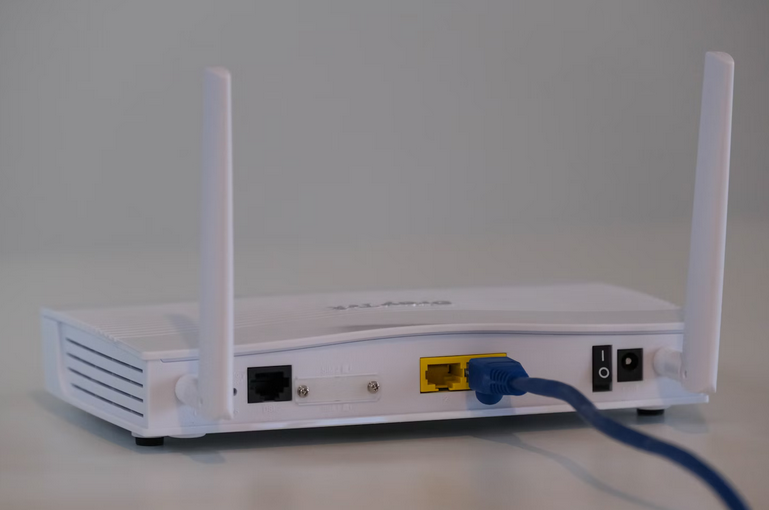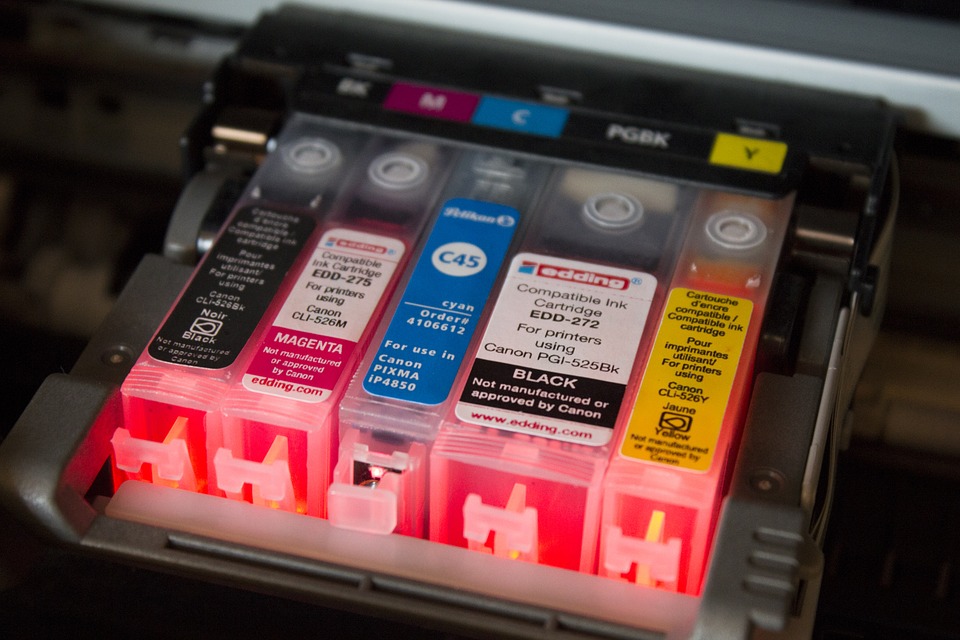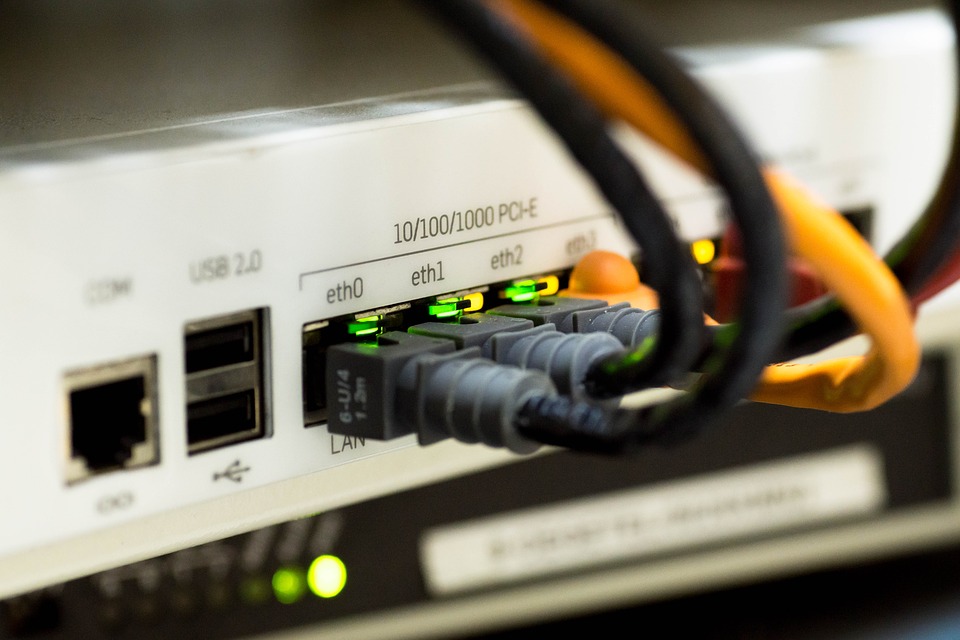Switching Internet Service Providers (ISPs) can be daunting, whether you’re seeking faster speeds, better customer service, or more affordable rates. However, the process involves more than just picking a new provider and canceling your service. Rushing into a decision without careful consideration can lead to unexpected issues, including service interruptions, higher costs, or even buyer’s remorse. To ensure a smooth transition and avoid potential pitfalls, it’s important to be aware of the common mistakes people make when replacing their ISP. In this article, we’ll outline the key mistakes to avoid, helping you make an informed and hassle-free switch.
Overlooking Contract Terms and Hidden Fees
Many ISPs require customers to sign contracts that may include early termination fees, automatic renewals, or other terms that could catch you off guard. Before signing up with a new ISP, carefully review the contract terms. Pay attention to the length of the contract, the conditions under which you can cancel, and any penalties for early termination. It’s also important to understand if the pricing is promotional and how much it will increase after the initial period.
Another common mistake is overlooking hidden fees that can add up quickly. These may include installation fees, equipment rental charges, or fees for exceeding data caps. Ask your new ISP for a detailed breakdown of all potential costs before deciding. This will help you avoid unexpected charges on your bill and ensure that you’re truly getting a better deal than your current provider.


Canceling Your Current Service Too Early
Canceling your current internet service before the new one is up and running can lead to a frustrating gap in connectivity. This can be particularly problematic if you rely on the internet for work, school, or other essential activities. To avoid this mistake, schedule the installation of your new service before canceling your old one. This way, you can ensure your internet connection remains uninterrupted during the transition.
Underestimating the Importance of Speed and Bandwidth Requirements
Another mistake people often make is not accurately assessing their internet speed and bandwidth needs when choosing a new ISP. It’s important to consider how many people will be using the internet in your household, what activities they’ll engage in (e.g., streaming, gaming, video conferencing), and whether you’ll be using multiple devices simultaneously.
Selecting a plan with insufficient speed or bandwidth can lead to slow connections, buffering, and frustration, especially during peak usage. Conversely, opting for a plan with excessive speed can result in paying more than necessary. Be realistic about your usage needs and choose a plan that balances speed, bandwidth, and cost.
Neglecting to Test the New Service


Even if the new ISP promises high speeds and excellent service, it’s crucial to test the connection once it’s set up. Don’t assume that everything will work perfectly right out of the box. Use online speed tests to verify that you’re getting the speeds you’re paying for, and test the connection on multiple devices to ensure consistent performance.
Overlooking Installation Quality
The quality of the installation can significantly impact your internet experience. Ensure the technician properly installs and configures the equipment, and ask them to check the signal strength in different areas of your home. If you notice any issues during installation, address them immediately with the technician or the ISP’s customer service.
Switching ISPs can be a positive move, offering better speeds, pricing, or customer service. However, it’s essential to approach the process carefully to avoid common mistakes. These steps will help you make an informed decision that enhances your internet experience and effectively meets your needs.…

















































































